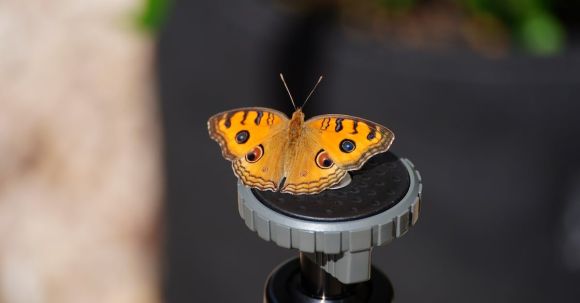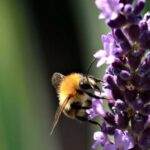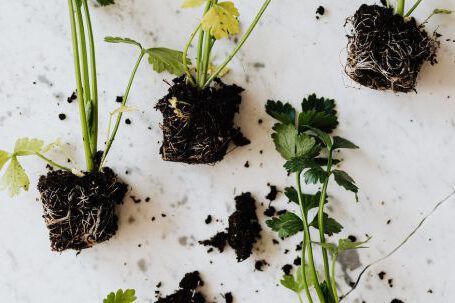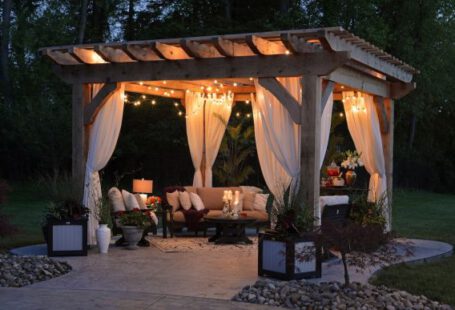Gardens have the potential to be more than just beautiful outdoor spaces; they can also provide a haven for wildlife. By making a few simple changes to your garden design and practices, you can create an environment that attracts and supports a variety of creatures, from birds and butterflies to bees and hedgehogs. In this article, we will explore some tips and ideas for creating a wildlife-friendly garden.
Plant Native Species
One of the best ways to attract wildlife to your garden is by planting native species of plants. These plants have evolved alongside local wildlife and provide a natural food source and habitat. Native plants also require less water and maintenance, making them a sustainable choice for your garden. Research which plants are native to your region and incorporate them into your garden design.
Provide Food and Water Sources
To attract a wide range of wildlife, it is important to provide a variety of food and water sources. Planting flowers that produce nectar and berries will attract bees, butterflies, and birds. Consider adding a bird feeder or bird bath to provide additional food and water for birds. Remember to keep the bird feeder clean and regularly refill it with fresh food to prevent the spread of disease.
Create Shelter and Nesting Sites
Wildlife needs shelter to feel safe and secure in your garden. You can provide shelter by incorporating features such as birdhouses, bat boxes, and insect hotels. These structures not only provide a place for wildlife to rest and nest but also add visual interest to your garden. Additionally, leaving areas of long grass or creating a brush pile can provide shelter for small mammals and insects.
Avoid Chemicals and Pesticides
Chemicals and pesticides can be harmful to wildlife, particularly bees and other pollinators. Opt for natural alternatives to control pests in your garden. For example, you can use companion planting, which involves planting certain species together to deter pests naturally. Additionally, encourage natural predators such as ladybugs and birds that feed on pests to help keep your garden healthy and balanced.
Create a Water Feature
Adding a water feature to your garden can attract a wide range of wildlife, including birds, amphibians, and insects. A simple bird bath or a small pond can provide a valuable water source, especially during hot and dry weather. Make sure to include shallow areas in your pond to allow animals to safely access the water. Adding aquatic plants can also help to create a balanced ecosystem.
Provide Wildlife Corridors
To make your garden even more wildlife-friendly, consider creating wildlife corridors. These are pathways that connect different green spaces, allowing animals to move freely between them. By planting hedgerows or creating small gaps in fences, you can provide safe passage for wildlife, increasing biodiversity and promoting a healthy ecosystem.
Conclusion
Creating a wildlife-friendly garden is not only beneficial for the environment but also provides an opportunity to connect with nature right outside your doorstep. By incorporating native plants, providing food and water sources, creating shelter and nesting sites, avoiding chemicals, and adding a water feature, you can attract a variety of wildlife to your garden. Additionally, by creating wildlife corridors, you can contribute to the conservation of local species and promote a healthy and thriving ecosystem. So, grab your gardening gloves and start transforming your garden into a haven for wildlife today!





